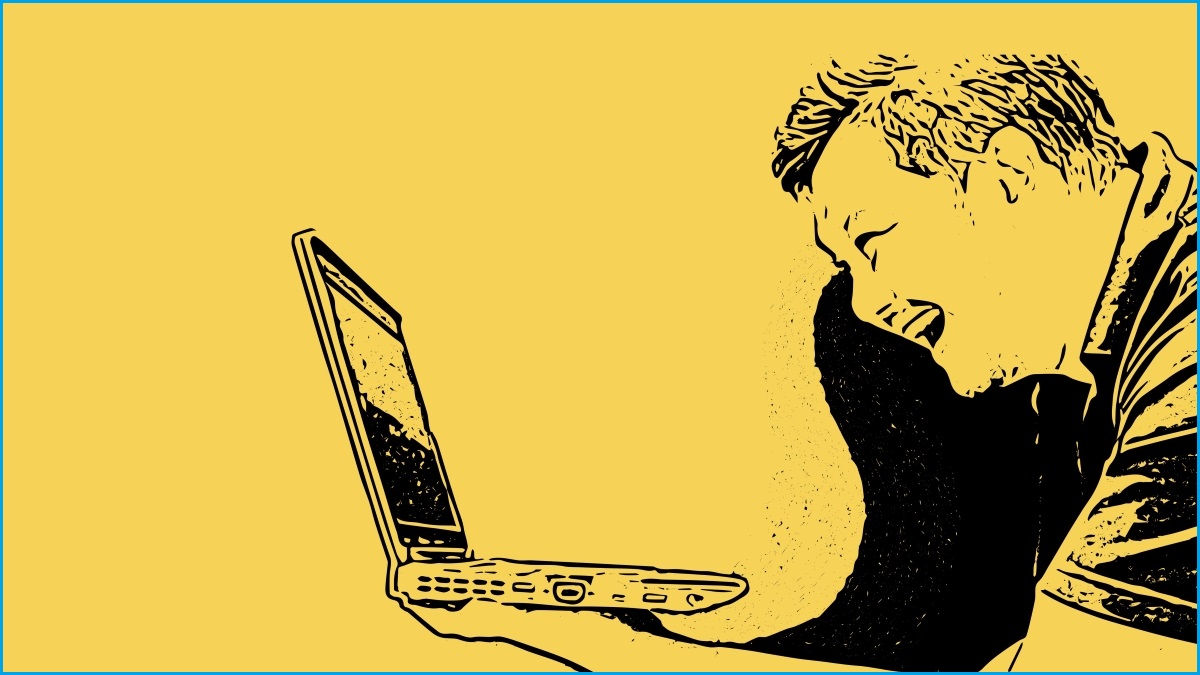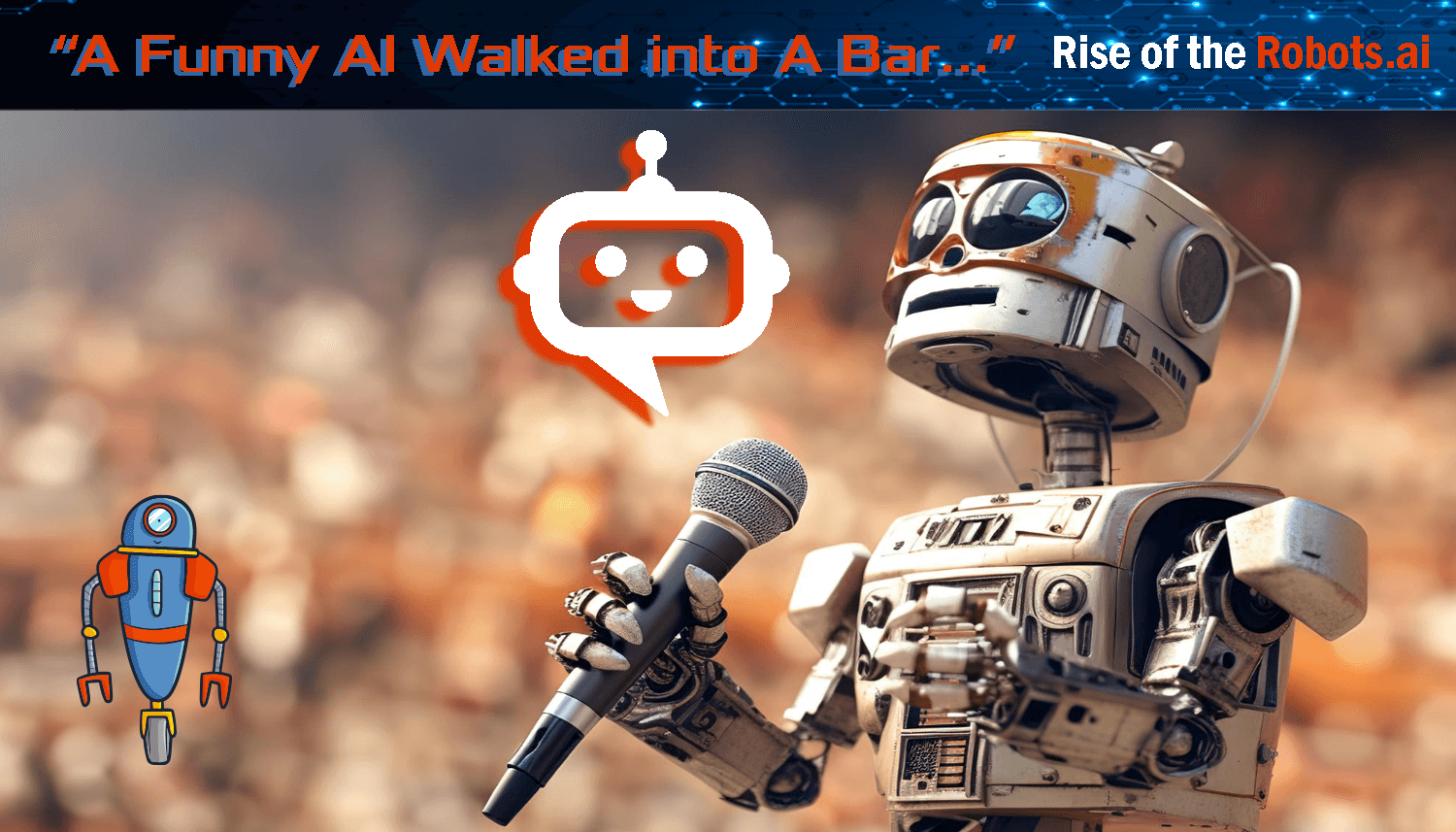The Intersection of AI and Humor
The convergence of artificial intelligence (AI) and humor has emerged as a captivating field of study, challenging the conventional belief that humor is an exclusively human trait[1]. This interdisciplinary area explores the potential of AI to not only comprehend and generate jokes but also to adapt its comedic style to suit diverse audiences and contexts[1]. The development of 'Robo-Comedians,' AI models capable of producing humorous content, presents a tantalizing challenge for researchers and developers alike[1]. This quest requires a profound grasp of human cognition, linguistic subtleties, and the intricate interplay of emotions that shape human interactions[1]. Humor's inherent complexity arises from its deep roots in human culture, cognition, and communication[1]. Defining the precise essence of humor remains elusive, despite extensive literature on humor theory[3]. The challenge lies in unraveling the intricate fabric of joke structures and the psychological mechanisms that trigger laughter[1]. Large language models (LLMs) have shown promise, yet humor remains a significant hurdle, necessitating creative, social, and cognitive skills[2][1]. As AI's ability to generate humor improves, ethical considerations become paramount, particularly regarding the potential displacement of human comedians and the need to ensure inclusivity and prevent offensive content[1][4].
AI's Methodologies for Generating Humor

AI models are trained to recognize and generate joke structures and surprise[1]. One common structure involves a 'setup-punchline' pattern, where the punchline subverts expectations created by the setup[1]. This element of surprise can be quantified using mathematical tools like Kullback-Leibler (KL) divergence, which measures the difference between expected and actual outcomes[1]. Signal processing and dynamical systems are also used to mathematically model timing and delivery, critical aspects of comedic performance[1].
To train AI models, large datasets of jokes are essential[1]. These datasets are sourced from joke websites, comedy shows, and social media, requiring careful pre-processing to remove irrelevant or offensive material[1]. Natural Language Processing (NLP) and Natural Language Generation (NLG) techniques are then employed, with language models trained to predict the next word in a sequence[1]. Recurrent neural networks (RNNs) and transformer-based models like GPT-3 are popular choices, adept at capturing complex patterns and dependencies[1]. Fine-tuning these models on specific joke datasets further enhances their ability to generate humor[1]. HumorSkills, for example, uses a three-step process: visual detail extraction, narrative and conflict extrapolation, and fine-tuning the joke generator with examples of Gen-Z humor[2].
Evaluating AI-Generated Humor
Evaluating AI-generated humor presents unique challenges due to its subjective and context-dependent nature[1]. The 'Turing Test of Comedy,' where human judges rate the funniness of jokes without knowing their origin, serves as one approach[1]. Metrics such as precision, recall, and F1-score are utilized, alongside human ratings of funniness, surprise, and coherence[1]. Intrinsic evaluation methods like perplexity and BLEU scores measure fluency and similarity to reference texts, although they may not fully capture the nuances of humor[1]. Ultimately, the audience's laughter remains the most crucial test[1]. A recent study also introduced a novel humor detection metric designed to evaluate LLMs' capability to extract humorous punchlines from stand-up comedy transcripts, using fuzzy string matching, sentence embedding, and subspace similarity[5]. The study revealed that leading models achieve scores of at most 51% in humor detection, surpassing human evaluators who achieve 41%[5].
Applications of AI in Comedy

AI-generated humor finds practical applications in stand-up comedy, television, movies, and personalized recommendations[1]. Robo-comedians, AI-powered virtual or physical robots, deliver stand-up routines, tailoring their performance to the audience[1]. Transformer-based language models like GPT-3 generate jokes, while AI handles speech synthesis, facial expressions, and body language[1]. In television and movies, AI assists writers in generating humorous content, offering suggestions and helping overcome writer's block[1]. Personalized joke recommendations leverage collaborative filtering techniques to analyze user preferences and recommend tailored jokes[1]. For instance, collaborative filtering identifies users with similar tastes and recommends jokes enjoyed by those users[1].
Ethical Considerations and Challenges
The rise of AI-generated humor raises ethical concerns, including the potential displacement of human comedians[4]. A hybrid model, combining AI's strengths with human creativity, could foster collaboration and synergy[4]. Ensuring inclusive and non-offensive humor is crucial, requiring robust filtering mechanisms to remove biased or offensive content from training data[4]. Intellectual property and joke ownership present complex challenges, potentially requiring revised legal frameworks to address AI-generated content[4]. One approach is to recognize AI-generated humor as derivative work, with ownership attributed to the human creators who designed and trained the AI model[4].
The Future of AI and Humor

The future of AI-generated humor holds exciting possibilities in virtual and augmented reality (VR/AR) experiences[4]. Immersive environments can facilitate innovative comedic interactions, where robo-comedians adapt performances based on audience feedback[4]. AI can also foster creativity and collaboration among human comedians, providing fresh ideas and inspiration for new comedic styles[4]. Generative adversarial networks (GANs) can further enhance this collaboration, with AI generating jokes and human comedians providing feedback[4]. Experts anticipate that AI may one day create some form of humor, though it will never match what professional comedians create[9]. Some researchers are also exploring AI's capacity to understand humor, noting that language models can craft passable jokes using systematized pattern recognition processes[9]. The use of AI also could help those who do not speak the same language be able to improve the humor in their jokes[7].
Limitations and Concerns
Despite advancements, AI-generated humor faces limitations, including the difficulty of capturing subtle cultural contexts and the dependence on training data[9][4]. For example, safety filtering in LLMs can make them very dull, and they cannot explore more personal subjects and edgy material[7]. AI can be helpful in generating innovative ideas, but there is a concern that the humor produced may lack the genuine touch that comes from human creativity[8]. Also, there is a possibility that AI will amplify disingenuous portrayals of oneself; as AI for social, cultural, and personally relevant communication improves, we may need a way to discern genuine from disingenuous communication[2].
The Impact on Various Fields and Demographics

Humor is a crucial element of social interactions and well-being, making its integration into AI systems valuable[3]. AI-driven tools can assist individuals, especially those for whom English is not their first language, in improving their humor and grasp cultural references[7]. In organizational contexts, humor can enhance workplace environments by relieving boredom, building relationships, and improving camaraderie among workers[6]. The use of humor is especially important in youth development, playing a significant role in social interactions, conflict resolution, and psychological adjustment[6]. It is generally known that humour contributes to higher subjective well-being (both physical and psychological)[6].
The Business Side of AI Humor

Memes, a staple of modern online culture, have become a powerful tool for marketing, especially when targeting younger audiences[10]. Brands are exploring AI to automate meme generation and engage with fast-moving trends, balancing AI efficiency with human creativity[10]. AI enables businesses to create shareable content, increasing engagement and maintaining relevance[10]. By using AI-generated memes, companies are able to maintain their image as a brand that understands and engages with internet culture[10].
Get more accurate answers with Super Pandi, upload files, personalized discovery feed, save searches and contribute to the PandiPedia.
Let's look at alternatives:
- Modify the query.
- Start a new thread.
- Remove sources (if manually added).